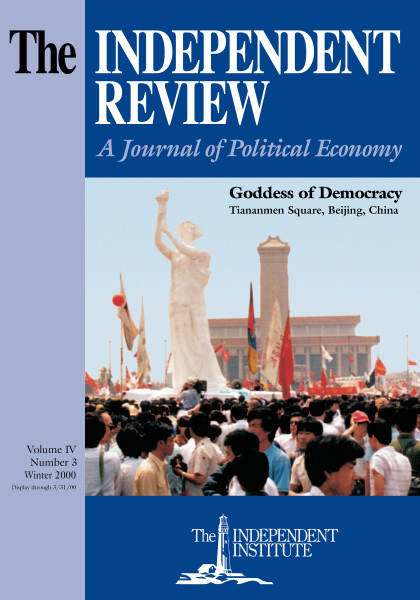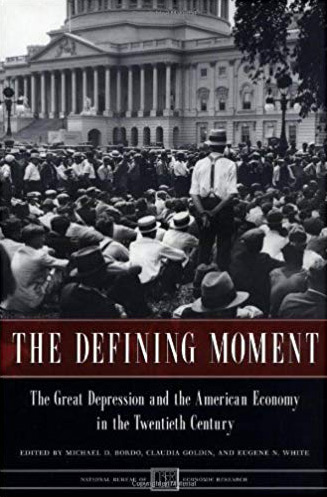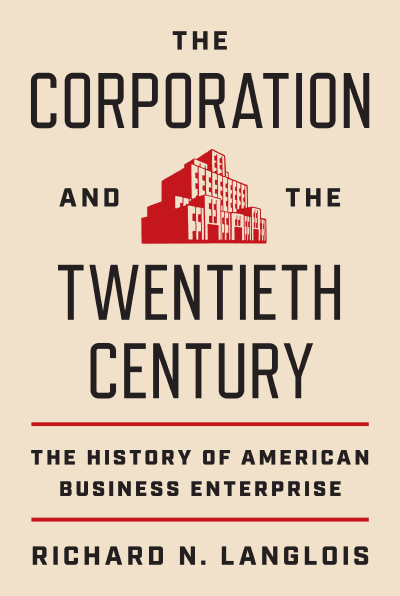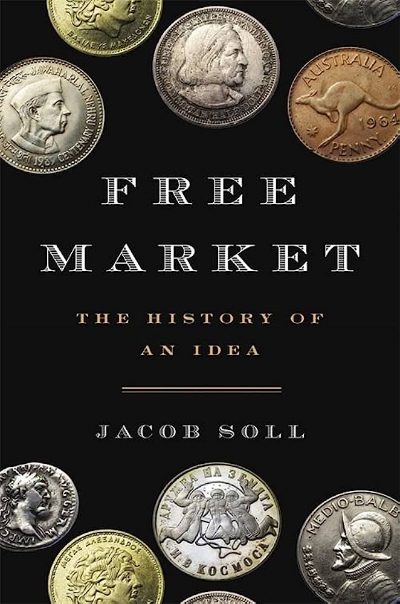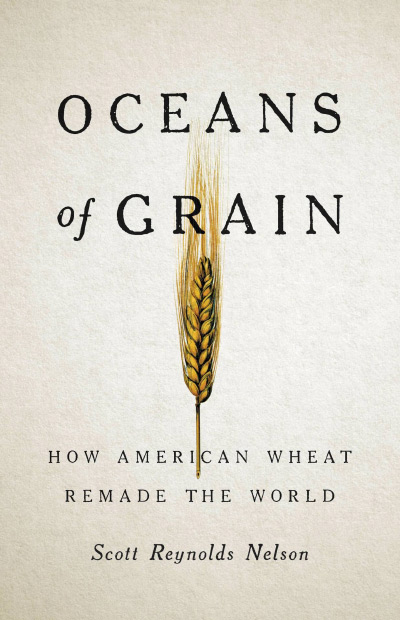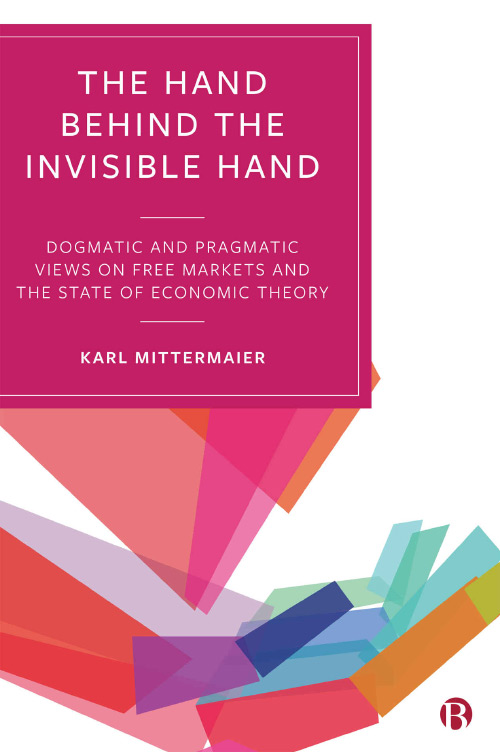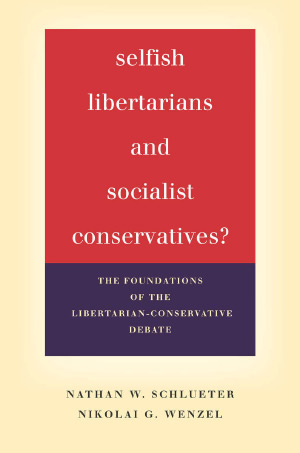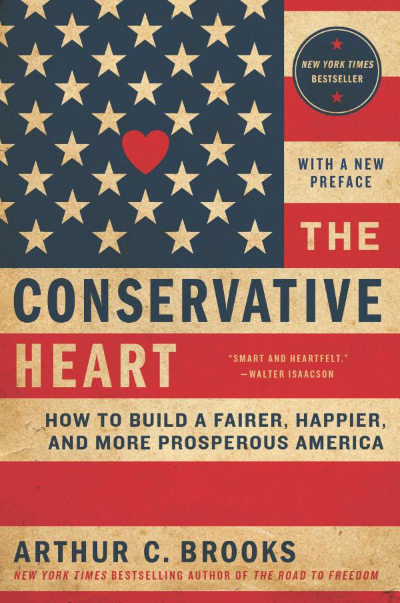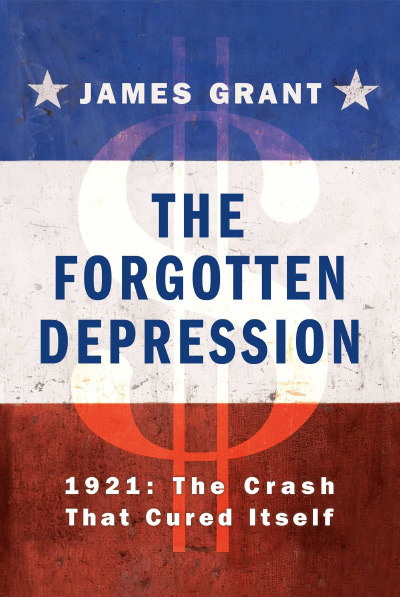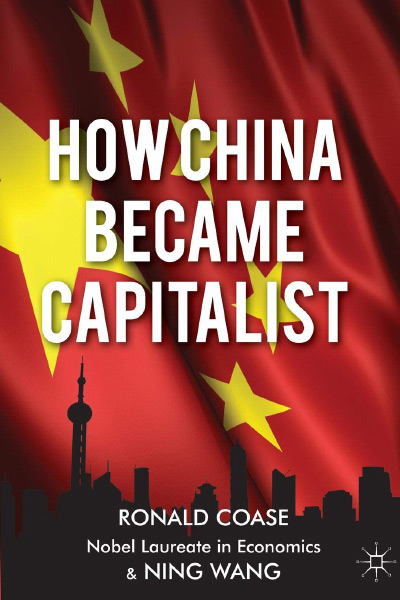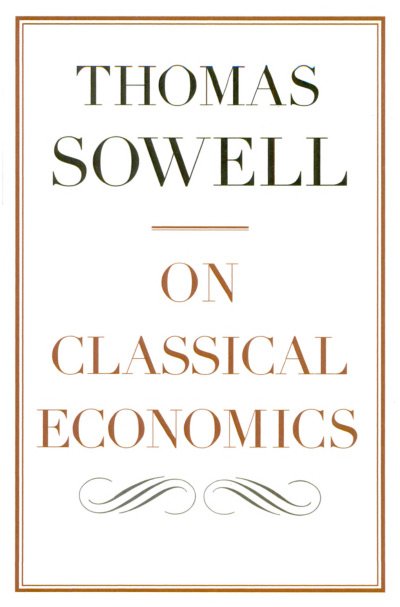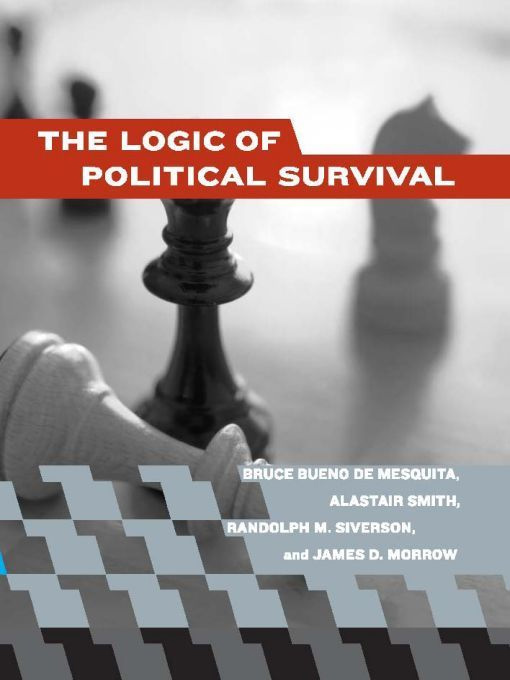The editors of The Defining Moment pose an interesting set of questions: Did the Great Depression cause a quantum increase of the federal government’s involvement in the U.S. economy? If so, how and why? Given the multitude of federal interventions into various sectors of the economy, the editors sensibly subdivided the questions into twelve topic areas, so that each chapter pertains to a particular program or sector. They then assigned the topics to respected academic economic historians affiliated with the National Bureau of Economic Research. Most of the authors actually try to answer the editors’ questions, which gives the collection unusual coherence for a conference volume. Still more remarkable, most of them write well. They offer arguments and evidence that are far more accessible than those a reader will typically find in academic economics journals. The authors do not examine the question of whether the new roles played by the federal government during the 1930s contributed to, rather than only resulted from, the length and severity of the depression.
In their introduction to the volume, the editors set forth the quantum-increase or “defining moment” hypothesis and summarize the authors’ answers. They provide useful line charts plotting the growing size of total government spending during the twentieth century, as a share of GNP and as divided among federal, state, and local governments. To my eyes, the time series for total government purchases of goods and services as a share of GNP shows two distinct upward steps. It first rises from a plateau of around 8 percent in the 1920s to a higher plateau of 14 to 15 percent in 1932–40. It then (after the spike associated with World War II) rises to a still higher plateau of around 21 percent after 1952. As is consistent with the theme developed by Robert Higgs in Crisis and Leviathan (1987), the crisis of the Great Depression is associated with the first upward “ratchet effect.” The second ratcheting upward is a puzzle not examined in the current volume, beyond a passing reference or two to “the cold war.”
Charles W. Calomiris and David C. Wheelock, in a thoughtful essay, rightly assign the greatest long-run impact of Depression-era monetary policy to the large steps taken in 1933 and 1934 toward abandoning the gold standard. The federal government canceled the domestic redeemability of Federal Reserve notes for gold, abrogated the rights of private citizens and banks to own and transact in gold, and arbitrarily devalued the dollar from its established parity with gold. But Calomiris and Wheelock find that in the short run those measures had surprisingly little impact on the Fed’s monetary policy making. The Fed continued to look to interest rates for policy feedback, which explains why monetary policy was not more expansionary during the 1930s. Fed officials misread the unusually low nominal interest rates that prevailed (and which were actually due to low or negative expected inflation) as evidence that the market must be awash with liquidity, so that money must already be “easy” enough. (This misperception is the flip side of why policy was so expansionary in the 1970s, when inflation-driven high nominal rates were mistaken for evidence of “tightness.”) Extending their episodic chronicle of Fed policy thinking (supported by numerous extracts from Federal Open Market Committee minutes) to the present day, Calomiris and Wheelock end on a note of appropriately hedged optimism. Academic advisors and policy makers are today less Keynesian and more hawkish on inflation, but the U.S. monetary system remains unanchored, and future inflation is therefore uncertain.
J. Bradford DeLong, in a parallel account of fiscal policy during and since the Great Depression, similarly concludes with the observation that Depression-era Keynesian arguments no longer dominate academic discussion. We now know that discretionary countercyclical fiscal policy simply cannot be implemented, absent a miraculous shortening of the lags in the budget-making process.* Thus “the shadow cast over fiscal policy by the Great Depression may be fading” (p. 84). But DeLong is somewhat troubled by this reality. In a counterfactual “world in which many post–World War II macroeconomists called themselves Hayekians rather than Keynesians” the inflation of the 1970s would have been less likely, but “a repeat of the Great Depression would have been somewhat more likely” (p. 84). Why more likely? DeLong suggests that Hayekians favor living with “deep recessions” as “a necessary price for the dynamic growth efficiencies of market-led economic development” and favor raising tax rates in recessions to balance the budget, thereby “making the depression worse” (p. 84). I know of nothing in the Hayekian literature to warrant these suggestions. It was Joseph Schumpeter, if anyone, and not Friedrich Hayek, who considered recessions the price to be paid for dynamic growth. For Hayek, they were the regrettable consequences of avoidable monetary overexpansions, the hangover after the binge.
The Hayekian “monetary overinvestment” theory of the business cycle plays a surprisingly prominent role in DeLong’s story. DeLong believes (1) that Herbert Hoover and many others fervently adhered to the theory in 1930–31, (2) that the theory prescribed a balanced budget, and (3) that these things explain why Hoover tried to keep the federal budget balanced. But the second belief is falsethe Hayekian business cycle theory of the 1930s had nothing to say, descriptively or prescriptively, about fiscal policyand I have strong doubts about the other two. Hayek and his followers did denounce attempts to cut short a recession by artificially stimulating demand, but they were warning against cheap money nostrums. If they opposed public works programs, they did so because the programs would waste scarce resources, not because the programs were financed by borrowing rather than current taxes.
Eugene N. White’s chapter on the legacy of federal deposit insurance is oddly placed in the section on activist macroeconomic policy, when it could have gone in the section on insurance programs, but this placement does not detract from its great value. White rightly notes that “in the public’s eye, deposit insurance is still considered one of the great successes of the New Deal” (p. 116). He notes the interest-group politics (small banks pro, big banks anti) surrounding the initial establishment of the FDIC and FSLIC, but spends more space explaining in similar terms the subsequent increases in the size of account balances covered. After the $150 billion disaster in the thrift industry in the 1980s, it is well known that federal deposit guarantee programs have encouraged imprudent banking on a massive scale. White emphasizes a less recognized legacy: in the decades between the Great Depression and the collapse of the FSLIC, when deposit insurance looked like an unqualified success, other financial intermediaries successfully lobbied for me-too guarantees. The federal government today provides guarantees to holders of credit union accounts, broker-dealer accounts, life insurance policies, and defined-benefit pensions.
The chapter concludes with a counterfactual exercise that attempts to estimate whether the FDIC has reduced the costs of bank failures by enough to justify its own operating costs. White finds that for some assumptions about bank failure and asset-recovery rates within the reasonable range, the FDIC has not reduced failures enough to carry its own weight. In addition to using assumed rates loosely based on prior U.S. experience, it would have been interesting to report results using rates based on the contemporary experiences of countries without deposit insurance (such as Canada). Though interesting, the exercise omits at least two important factors that would be necessary for a comprehensive social-cost-benefit calculation: the deadweight cost of the FDIC’s tax on deposits, and (on the other side) the value of FDIC guarantees as such to risk-averse depositors. (We wouldn’t conclude that life insurance is a social waste based on finding that it doesn’t reduce the death rate.)
Hugh Rockoff asks the interesting question, Why did the federal government expand so much more the 1930s than it did in previous depressions? He attributes the greater expansion to a change in ideology, and he identifies economists as major contributors to that change. He links the economists’ new views in part to their conversion to Keynesian thinking, but more importantly to numerous case studies (many of which Rockoff summarizes), published in leading economics journals between 1900 and 1929, that found big-government programs successful in other countries. Thus “the New Deal was just what the doctors (of economics) ordered,” based on what they saw as “the clinical evidence” (p. 126). This story is interesting, but one naturally wonders about the extent to which the case studies really caused, as opposed to merely reflected, a shift in economists’ ideology. Perhaps the U.S. economics profession had swung toward the “progressive” social engineering practiced in Bismarck’s Germany because many economists before 1914 had gone to Germany to get their doctorates.
Jeffrey A. Miron and David N. Weil trace the curious history of the Social Security system. In 1935 Franklin D. Roosevelt called for “compulsory contributory annuities which in time will establish a self-supporting system for those now young and for future generations” (quoted on p. 298). The system that we have today meets only the very first part of that descriptionit is compulsory (unless we interpret “self-supporting” in a political rather than a financial sense). What happened? Miron and Weil chronicle the steps by which the benefit formulas were expanded and the planned tax increases were deferred, so that a once-projected trust fund failed to accumulate. Interestingly, they argue that the effort to avoid a trust fund was bipartisan. Liberals voted to hike the benefit payments whenever possible, and hoped to cover future shortfalls out of progressive rather than payroll taxes. Conservatives agreed to defer payroll taxes, hoping that lower revenue would restrain growth of the program, and didn’t want the federal government to accumulate a large mass of assets. As the result of a series of such short-run political equilibria, we now live in the long run with benefits at the levels originally envisioned, but with a payroll tax rate that is about double the originally promised steady-state rate of 6 percent, and rising. One might view this outcome and conclude that discretionary policy, made by politicians whose planning horizons seldom extend beyond the next election, has led to a long-run disaster. A flatter time profile of tax rates would have been fairer and less distortionary. Miron and Weil seem to suggest that the size of benefits is all that matters, stating that “the collection of a ‘trust fund’ is largely an accounting exercise,” but I don’t think they’re really claiming that the time profile of total federal taxes (payroll plus income) is immutable or irrelevant.
Three chapters competently review other aspects of the U.S. experience. John Joseph Wallis and Wallace E. Oates examine the New Deal’s impact on the federal–state structure of government. Gary D. Libecap details the New Deal’s expansion of the federal role in agriculture, particularly the imposition of price-enhancing crop restrictions. Katherine Baicker, Claudia Goldin, and Lawrence F. Katz cover the history of unemployment compensation, emphasizing its distinctive (by contrast to Europe) features of “experience rating,” federal–state structure, and limited benefits.
The final section of the book turns to international aspects of the Great Depression. Douglas A. Irwin chronicles U.S. trade policy from the 1890s to the present, paying particular attention to the infamous Smoot-Hawley tariff of 1930. Contrary to the view of some “supply-siders” that the tariff hike was a major cause of the Great Depression, Irwin finds that Smoot-Hawley was a rather typical Republican tariff increase that “resulted in just a 5–6 percent increase in the relative price of imports at a time when imports were only 4 percent of GNP” (p. 335). The price deflation of the 1930s, however, brought about an additional and larger increase in real tariffs because tariff duties were specified in cents per item rather than cents per dollar. Correspondingly, most of the real tariff reduction since the 1930s has been the result of inflation’s erosion of specific duties that have been unchanged since Smoot-Hawley. The main contribution of much-discussed GATT agreements, in Irwin’s view, is that they have “raised the cost of possible congressional action to unravel these de facto reductions.”
There is less clarity to Maurice Obstfeld and Alan M. Taylor’s lengthy account of twentieth-century changes in the regimes governing international money and capital flows. Obstfeld and Taylor interestingly observe that the classical gold standard achieved a degree of international financial integration that was not regainedafter the disruptions of World War I, the Great Depression, and World War IIuntil the 1990s. Although they note that the interwar period was marked by a sharp increase in exchange controls, they fail to explain why: the interwar gold-exchange standard was a house of cards that needed exchange-control props because postwar price levels remained too high for the prewar gold parities that central banks attempted to restore. It was not the classical gold standard that collapsed in the Great Depression, but a system of discretionary cooperation among central banks trying to maintain a jury-rigged quasi gold standard. Obstfeld and Taylor obliterate the distinction between sustainable and unsustainable types of gold standards when they sweepingly assert that the Great Depression “was caused by an ill-advised subordination of monetary policy to an exchange rate constraint (the gold standard)” (p. 355). The subordination had worked quite well before 1914, thank you.
The final chapter of the book is a very odd piece of social-science fiction co-authored by a monetarist and a Keynesian, Michael D. Bordo and Barry Eichengreen. Although they don’t entirely agree about what caused the Great Depression, they jointly speculate about how the international monetary system might have evolved had the depression somehow been avoided. They argue that the gold exchange standard would eventually have unraveled anyway.
Like most conference volumes, The Defining Moment is a mixed bag; some chapters are stronger than others. Few readers will want to read it cover to cover, but anyone seriously interested in the economic history of the United States in the twentieth century particularly those called upon to teach that subject should give the volume a look.
| Other Independent Review articles by Lawrence H. White | |
| Spring 2023 | The Lords of Easy Money: How the Federal Reserve Broke the American Economy |
| Summer 2010 | Central Banking in a Free Society |
| Winter 2002/03 | Accounting for Fractional-Reserve Banknotes and Deposits—or, What’s Twenty Quid to the Bloody Midland Bank? |

